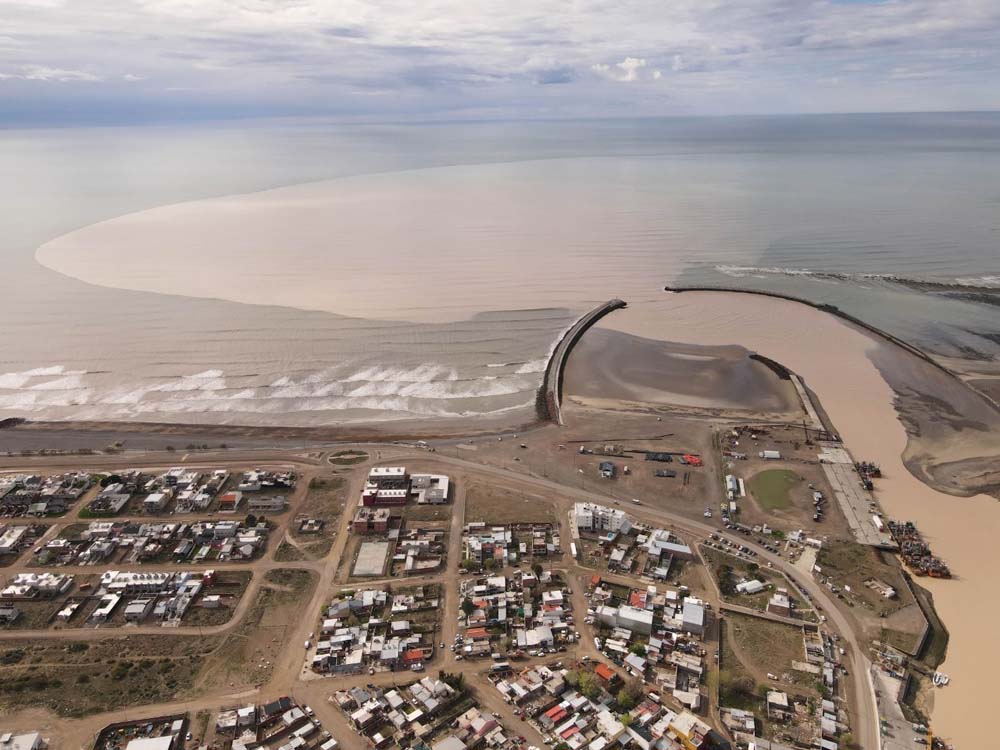Coastal waters, including those in Patagonia, are becoming more turbid due to a greater contribution of terrigenous material as a consequence of extreme rainfall events. This greater runoff also brings, in the case of the Chubut River estuary, a greater contribution of nutrients, due to the anthropogenic activities that take place on its banks (e.g., use of fertilizers, industrial discharges). Even more, stronger winds are expected in the area, causing deeper and faster mixing of the water column.
We carried out experiments where we evaluated the consequences of these extreme rain and wind events, and found that phytoplankton photosynthesis is negatively affected, with a marked decrease in primary productivity. However, these effects can be reversed (at least partially) if the communities are allowed to acclimate to these new conditions of greater turbidity and vertical mixing, because the community changes towards smaller phytoplankton species, whose photosynthesis is more effective.
The results of our work, carried out jointly with researchers from the Universidad Nacional Autónoma de México and from Universidad de Vigo (Spain) were published in the journal New Phytologist.
Link to reference: https://nph.onlinelibrary.wiley.com/doi/10.1111/nph.18874
